How Food and Beverage Supply Chains Are Building Resilience and Fighting Back Against Increasing Risk
The food and beverage manufacturing industry operates within a highly complex and dynamic landscape. From unpredictable weather patterns to fluctuating commodity prices and shifting consumer demands, the supply chain must navigate multiple risks to maintain stability and efficiency. In recent years, these challenges have intensified, pushing supply chain managers to adopt more sophisticated strategies to build resilience and fight back against increasing risks.
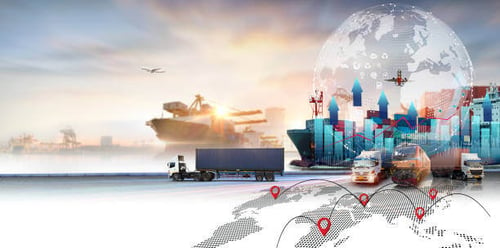
The Growing Risks in Food and Beverage Supply Chains
Several factors contribute to the heightened risk environment in food and beverage manufacturing:
Climate Change and Environmental Disruptions: Extreme weather events, such as droughts, floods, and storms, disrupt agricultural production, causing supply shortages and price volatility.
Global Economic Uncertainty: Trade wars, inflation, and fluctuating currency rates create financial instability across global supply networks.
Regulatory Changes: Food safety regulations, traceability requirements, and environmental sustainability mandates are continually evolving, requiring manufacturers to adapt quickly.
Consumer Behavior Shifts: Demand for healthier, sustainable, and ethically sourced products forces companies to reconfigure their supply chains.
Supply Chain Disruptions: The COVID-19 pandemic exposed vulnerabilities in just-in-time inventory strategies and global logistics networks, underscoring the importance of agility and preparedness.
Given these challenges, food and beverage manufacturers are proactively enhancing their supply chain resilience through advanced planning, digital integration, and strategic investments.
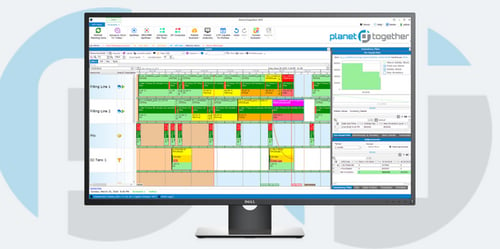
Building Supply Chain Resilience: Key Strategies
1. Investing in Advanced Planning and Scheduling Software
Manual processes and siloed systems are no longer sufficient to manage modern supply chains. Advanced Planning and Scheduling (APS) software solutions, like PlanetTogether, offer powerful capabilities to optimize production schedules, reduce lead times, and adapt to real-time changes.
PlanetTogether’s APS software integrates seamlessly with Enterprise Resource Planning (ERP) systems like SAP, Oracle, Microsoft Dynamics, Kinaxis, and Aveva. This integration ensures that production planning aligns with inventory management, procurement, and distribution, providing end-to-end supply chain visibility.
Example:
-
A food and beverage company using PlanetTogether integrated with SAP ERP improved its response to sudden ingredient shortages by dynamically adjusting production schedules and re-routing logistics.
2. Enhancing Demand Forecasting with Data Analytics
Accurate demand forecasting is critical in minimizing stockouts and excess inventory. Predictive analytics powered by machine learning algorithms help companies analyze historical sales data, market trends, and external factors like weather forecasts to anticipate demand fluctuations.
How it Works:
Data from PlanetTogether, when combined with Kinaxis RapidResponse, provides scenario-based forecasting, enabling supply chain managers to simulate the impact of various disruptions and make informed decisions.
3. Strengthening Supplier Collaboration and Diversification
Relying heavily on a single supplier or region exposes the supply chain to risks like geopolitical events or natural disasters. Building relationships with multiple suppliers across diverse geographies enhances supply continuity.
Digital platforms, such as those integrated with PlanetTogether and Oracle SCM Cloud, foster real-time collaboration with suppliers. These tools facilitate order tracking, performance monitoring, and joint problem-solving.
Case Study:
-
A beverage manufacturer diversified its packaging suppliers and utilized Oracle-integrated PlanetTogether software to track performance metrics across multiple vendors. This move reduced lead times and improved responsiveness to sudden material shortages.
4. Implementing Smart Inventory Management Techniques
Maintaining optimal inventory levels balances the cost of carrying excess stock with the risk of running out of critical materials. PlanetTogether’s APS software, when integrated with Microsoft Dynamics 365, helps food manufacturers implement Just-in-Time (JIT) and Just-in-Case (JIC) strategies.
Key Benefits:
Automated reorder point calculations.
Real-time inventory tracking.
Scenario planning to evaluate the impact of stock level changes.
5. Leveraging Digital Twins for Risk Mitigation
Digital twin technology creates virtual models of supply chain processes, allowing manufacturers to test different scenarios and identify potential vulnerabilities. By integrating PlanetTogether with Aveva's digital twin capabilities, companies can simulate disruptions like port closures or equipment failures and devise contingency plans.
Real-World Application:
A dairy producer used digital twins to model transportation routes and production schedules. When extreme weather disrupted deliveries, the system quickly recommended alternative distribution channels to maintain product freshness.

The Role of Sustainability in Supply Chain Resilience
Sustainability is no longer just a corporate responsibility; it is a crucial element of supply chain resilience. Sustainable practices reduce dependency on scarce resources, meet consumer expectations, and comply with regulatory requirements.
Examples of Sustainable Practices:
Sourcing raw materials from certified sustainable suppliers.
Optimizing transportation routes to reduce fuel consumption.
Implementing circular supply chain principles, such as reusing packaging materials.
PlanetTogether, in partnership with SAP Integrated Business Planning (IBP), helps food and beverage manufacturers track carbon footprints, monitor resource consumption, and integrate sustainability metrics into production planning.
Overcoming Barriers to Integration and Digital Transformation
Despite the clear benefits, some companies encounter challenges when adopting new technologies and integrating systems.
Common Barriers:
Resistance to Change: Employees may be hesitant to adopt unfamiliar tools.
Data Silos: Inconsistent data across systems hinders accurate decision-making.
Budget Constraints: Upfront costs of software and infrastructure upgrades can be significant.
Solutions:
Conduct comprehensive training programs to build employee confidence in new systems.
Use middleware solutions to synchronize data across PlanetTogether, SAP, Oracle, and Microsoft platforms.
Develop phased implementation plans to manage costs and minimize operational disruptions.
A Resilient Future for Food and Beverage Supply Chains
The increasing risks facing the food and beverage industry demand a proactive, technology-driven approach to supply chain management. By investing in advanced planning software like PlanetTogether, integrated with ERP systems such as SAP, Oracle, Microsoft Dynamics, Kinaxis, and Aveva, manufacturers can enhance visibility, agility, and responsiveness.
Supply chain managers who embrace these digital tools, foster supplier partnerships, and prioritize sustainability will be well-positioned to navigate future disruptions and maintain competitive advantage. Resilience is not just about surviving challenges—it’s about leveraging them as opportunities to innovate and grow in an ever-changing global market.
Are you ready to take your manufacturing operations to the next level? Contact us today to learn more about how PlanetTogether can help you achieve your goals and drive success in your industry.
Topics: PlanetTogether Software, Integrating PlanetTogether, Food and Beverage Manufacturing, Strengthening Supplier Collaboration, Smart Inventory Management Techniques, Leveraging Digital Twins for Risk Mitigation, Enhancing Demand Forecasting with Data Analytics







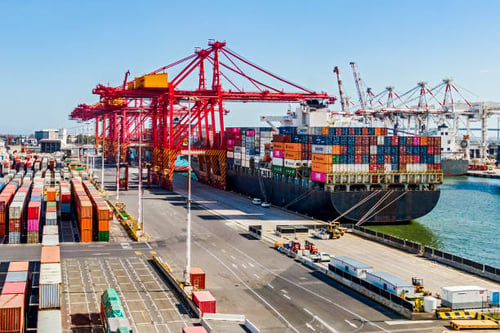
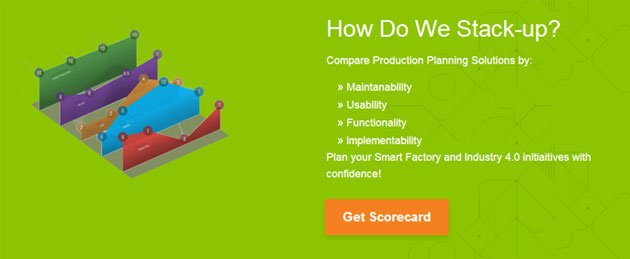
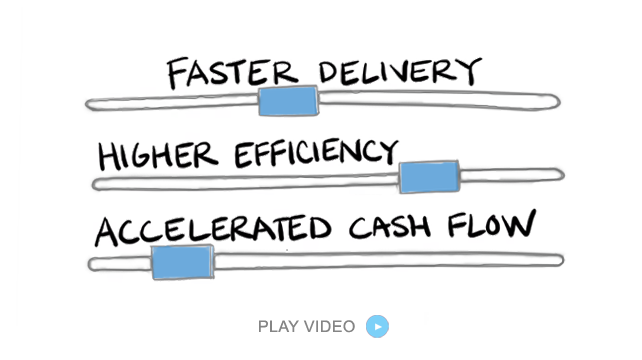

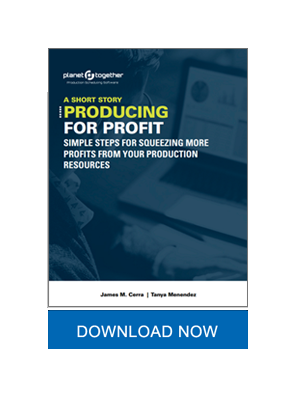









LEAVE A COMMENT